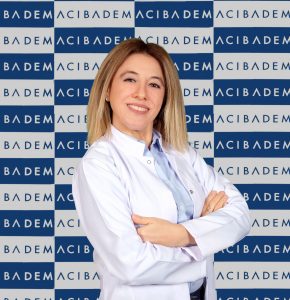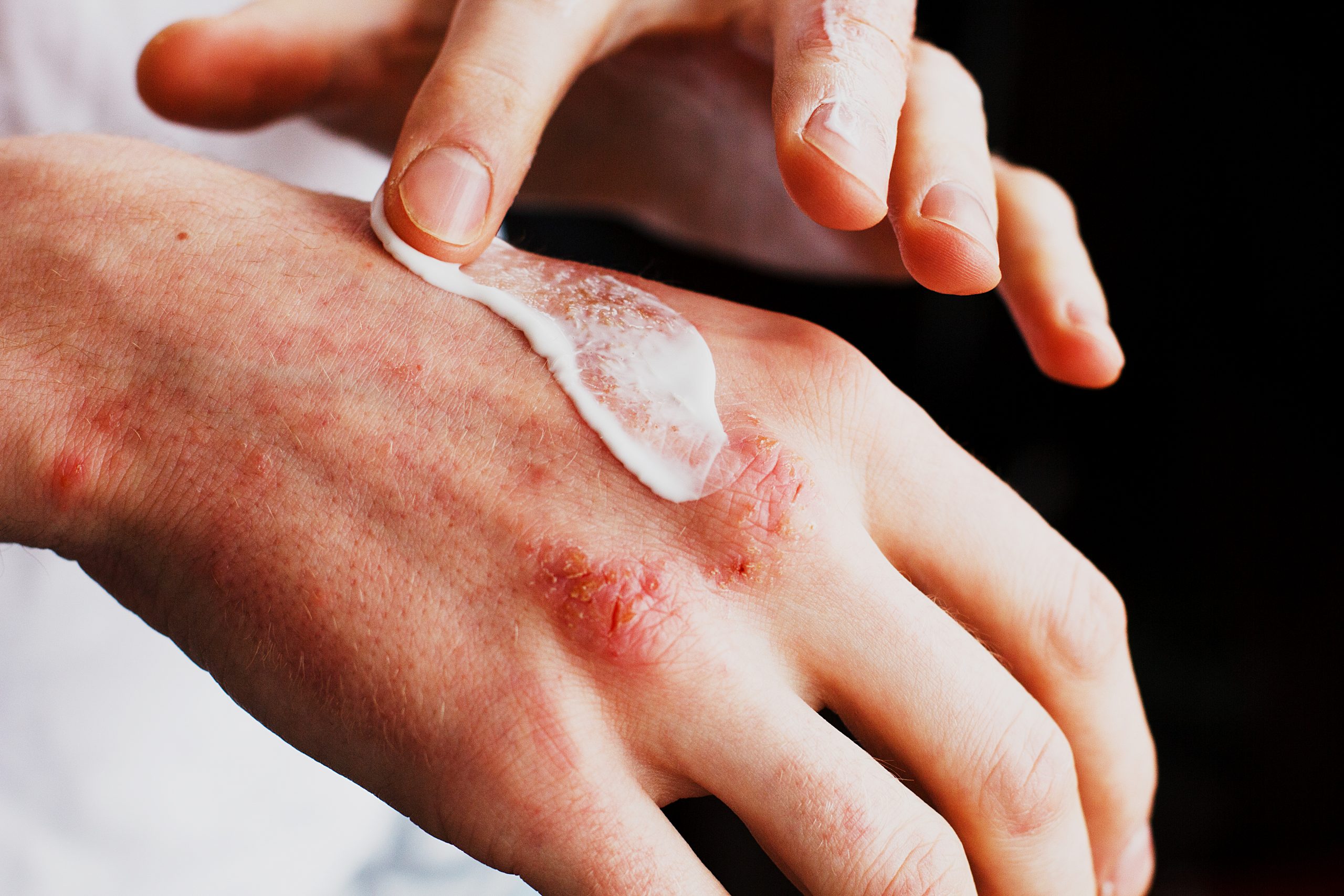Dermatologist Bahar Öznur said that “Seborrheic Dermatitis”, which occurs more often with the problem of “dandruff”, especially in men, is seen in 11 percent of the society. Dr. Bahar Öznur emphasized that the itching that decreases in the summer period will not completely go away and that it is necessary to consult a doctor for a solution.
 Redness, scaling, itching and crusting that occur in the scalp and face area usually indicates an inflammatory skin disease, also known as “Seborrheic Dermatitis” or “oily eczema” among the people. Acıbadem Ankara Hospital Dermatology Specialist Dr. Bahar Öznur stated that 11 percent of the society has this problem and said, “The mild form of this disease, which progresses with dandruff, is seen much more frequently, especially in men. Although it progresses with exacerbations and improvements, it does not completely pass and follows a chronic course. Active stress control is among the primary treatment methods of the disease.
Redness, scaling, itching and crusting that occur in the scalp and face area usually indicates an inflammatory skin disease, also known as “Seborrheic Dermatitis” or “oily eczema” among the people. Acıbadem Ankara Hospital Dermatology Specialist Dr. Bahar Öznur stated that 11 percent of the society has this problem and said, “The mild form of this disease, which progresses with dandruff, is seen much more frequently, especially in men. Although it progresses with exacerbations and improvements, it does not completely pass and follows a chronic course. Active stress control is among the primary treatment methods of the disease.
Also seen in babies
Bahar Öznur stated that the disease is mostly seen on the scalp, on the sides of the nose, on the eyebrows and behind the ears, between the chest, in the form of redness, itching, crusting and flaking, and it is usually seen in babies younger than 6 years old. months and this condition usually resolves spontaneously around the age of one.
It gets lighter in the summer
Stating that the disease is mostly caused by the overgrowth of a fungus called ‘Malassezia Furfur’ and located in our natural skin flora, and the sensitivity our body has developed against this fungus, Dr. Bahar Öznur listed other factors as ‘stress, cold and dry weather, oily skin, use of alcohol-based lotions, genetic predisposition and hormonal irregularities’. Dr. Bahar Öznur also stated that the relief of the disease in summer and in a humid environment is due to the therapeutic effect of sunlight.
May accompany some diseases
Stating that Seborrheic Dermatitis also accompanies some diseases, Dr. Bahar Öznur said: “These diseases include conditions that suppress the immune system; organ transplantation, HIV infection and lymphoma. It can also accompany neurological diseases (Parkinson’s disease, etc.) and psychological diseases. In addition, the use of certain drugs can increase the disease.”
Do not confuse with psoriasis
Pointing out that Seborrheic Dermatitis itching can be confused with psoriasis, Dr. Bahar Öznur, “Clinically, in psoriasis, waxy mother-of-pearl color and thick plaques are observed more intensely, but the diagnosis can be made by sending the skin biopsy taken from the skin for pathological examination. In addition, since the treatment of the two diseases is similar, the improvements are mostly at the same rate.
Underlining that the treatment of the disease is aimed at reducing the symptoms, Dr. Bahar Öznur explained that active stress control is recommended primarily in cases that develop due to stress. Stating that the hair should be washed with “antiseborrheic” shampoos intermittently in the treatment, Dr. Bahar Öznur said, “Since resistance may develop to the shampoos used, it may be necessary to change them every 3-4 months. Patients are generally recommended to use shampoos containing zinc pyrithione, selenium sulfide, ketoconazole, tar, and salicylic acid. These shampoos can cause excessive dryness and sensitivity in the scalp, so they should be used intermittently” said.
Dr. Bahar Öznur also stated that creams and solutions containing “topical cortisone” are recommended to patients and said, “However, using such products for a long time can cause thinning of the skin, so they should be used in a controlled manner.” Dr. Bahar Öznur stated that locally applied anti-inflammatory creams can be used safely for a long time, and that anti-fungal creams can be preferred in the later stages.



